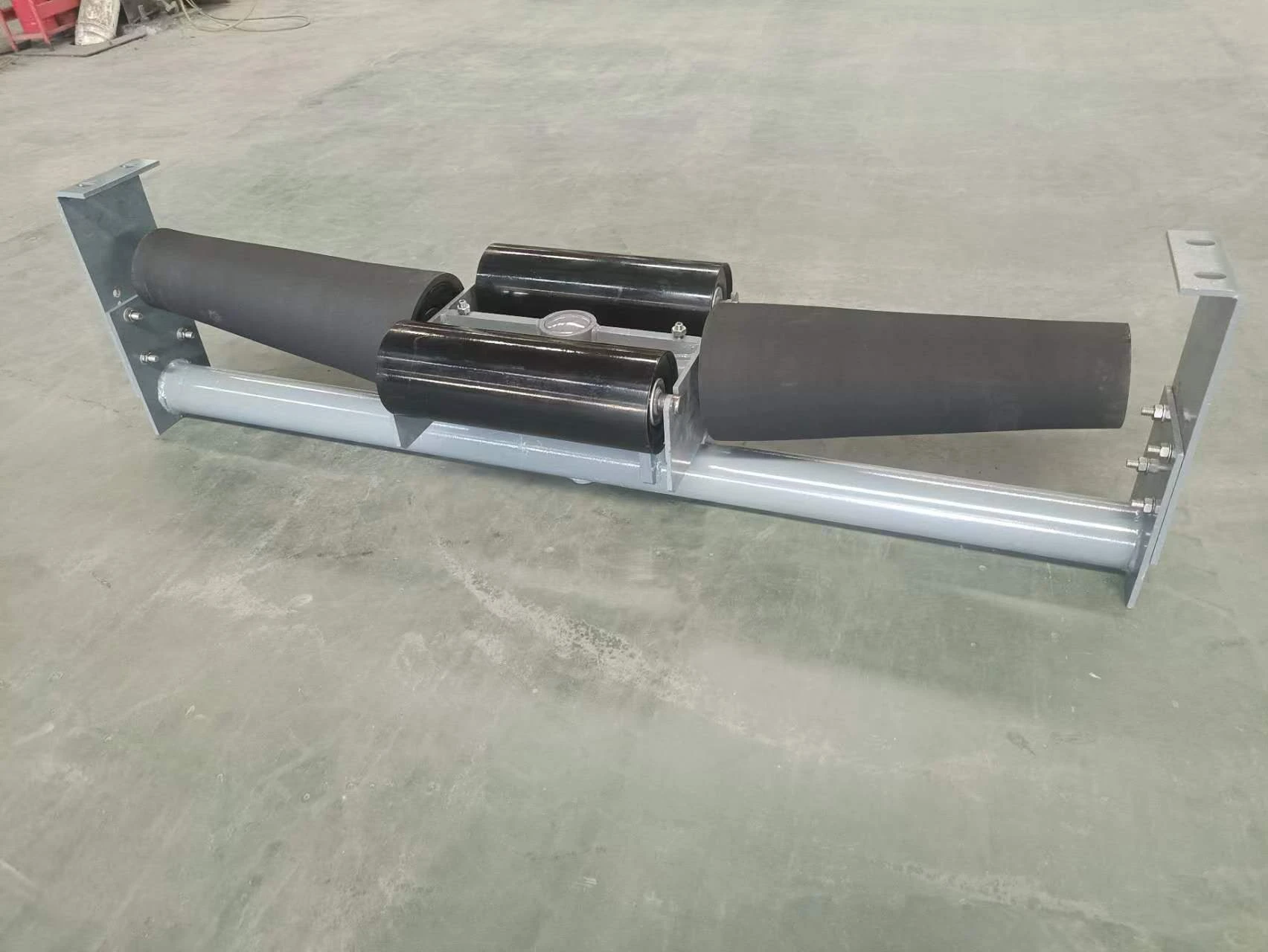 Afrikaans
Afrikaans  Albanian
Albanian  Amharic
Amharic  Arabic
Arabic  Armenian
Armenian  Azerbaijani
Azerbaijani  Basque
Basque  Belarusian
Belarusian  Bengali
Bengali  Bosnian
Bosnian  Bulgarian
Bulgarian  Catalan
Catalan  Cebuano
Cebuano  Corsican
Corsican  Croatian
Croatian  Czech
Czech  Danish
Danish  Dutch
Dutch  English
English  Esperanto
Esperanto  Estonian
Estonian  Finnish
Finnish  French
French  Frisian
Frisian  Galician
Galician  Georgian
Georgian  German
German  Greek
Greek  Gujarati
Gujarati  Haitian Creole
Haitian Creole  hausa
hausa  hawaiian
hawaiian  Hebrew
Hebrew  Hindi
Hindi  Miao
Miao  Hungarian
Hungarian  Icelandic
Icelandic  igbo
igbo  Indonesian
Indonesian  irish
irish  Italian
Italian  Japanese
Japanese  Javanese
Javanese  Kannada
Kannada  kazakh
kazakh  Khmer
Khmer  Rwandese
Rwandese  Korean
Korean  Kurdish
Kurdish  Kyrgyz
Kyrgyz  Lao
Lao  Latin
Latin  Latvian
Latvian  Lithuanian
Lithuanian  Luxembourgish
Luxembourgish  Macedonian
Macedonian  Malgashi
Malgashi  Malay
Malay  Malayalam
Malayalam  Maltese
Maltese  Maori
Maori  Marathi
Marathi  Mongolian
Mongolian  Myanmar
Myanmar  Nepali
Nepali  Norwegian
Norwegian  Norwegian
Norwegian  Occitan
Occitan  Pashto
Pashto  Persian
Persian  Polish
Polish  Portuguese
Portuguese  Punjabi
Punjabi  Romanian
Romanian  Russian
Russian  Samoan
Samoan  Scottish Gaelic
Scottish Gaelic  Serbian
Serbian  Sesotho
Sesotho  Shona
Shona  Sindhi
Sindhi  Sinhala
Sinhala  Slovak
Slovak  Slovenian
Slovenian  Somali
Somali  Spanish
Spanish  Sundanese
Sundanese  Swahili
Swahili  Swedish
Swedish  Tagalog
Tagalog  Tajik
Tajik  Tamil
Tamil  Tatar
Tatar  Telugu
Telugu  Thai
Thai  Turkish
Turkish  Turkmen
Turkmen  Ukrainian
Ukrainian  Urdu
Urdu  Uighur
Uighur  Uzbek
Uzbek  Vietnamese
Vietnamese  Welsh
Welsh  Bantu
Bantu  Yiddish
Yiddish  Yoruba
Yoruba  Zulu
Zulu Understanding Non-Drive Pulleys and Their Importance in Mechanical Systems
Understanding Non-Drive Pulleys Functions and Applications
Pulleys are essential components in various mechanical systems, playing a pivotal role in the transmission of power and movement. Among these, non-drive pulleys hold a significant position in both traditional and modern applications. This article explores the concept of non-drive pulleys, their functions, and their diverse applications across different industries.
What is a Non-Drive Pulley?
A non-drive pulley is a type of pulley that does not directly contribute to the power transmission within a system. Unlike drive pulleys, which are connected to the power source and are responsible for imparting motion to the belt or rope, non-drive pulleys serve a complementary role. They are often used for redirecting the path of the belt, supporting the system’s structure, and managing tension within the conveyor systems or mechanical arrangements.
Functions of Non-Drive Pulleys
1. Belt Direction Change One of the primary functions of non-drive pulleys is to change the direction of the belt or cable. This is crucial in various systems where space constraints require a change in direction without altering the overall layout. For instance, in conveyor systems used in manufacturing and logistics, non-drive pulleys enable the movement of materials in multiple directions.
2. Tension Management Non-drive pulleys assist in maintaining the proper tension in the belt or cord. Adequate tension is essential for efficient power transmission, and non-drive pulleys help prevent slippage and reduce wear. Tensioners, often integrated with non-drive pulleys, adjust the belt tension dynamically to ensure optimal performance.
3. Support and Stability Non-drive pulleys provide structural support to the entire system. By distributing the load evenly and minimizing stress on other components, they contribute to the longevity and reliability of the mechanism. In applications such as cranes and lifting hoists, non-drive pulleys play a crucial role in ensuring stability during lifting operations.
4. Noise and Vibration Reduction In certain applications, non-drive pulleys can help in dampening vibrations and reducing noise generated by the operation of belts or cables. This is particularly important in environments where noise control is critical, such as in automotive manufacturing facilities or in elevators.
non drive pulley

Applications of Non-Drive Pulleys
The versatility of non-drive pulleys allows for their usage across many sectors
- Manufacturing and Material Handling Non-drive pulleys are extensively used in conveyor systems to facilitate the movement of goods. They provide the necessary direction changes and support required for efficient operational flow.
- Mining and Quarrying In the mining industry, non-drive pulleys are often used in conjunction with heavy ropes and cables to lift and transport materials. Their ability to handle substantial loads while ensuring operational safety is paramount in these applications.
- Automotive Systems Within vehicles, non-drive pulleys are employed in various systems, including serpentine belts and timing belts. They help in the smooth operation of accessories such as the alternator and power steering pump.
- Elevators and Lifts Non-drive pulleys in elevator systems assist in weight distribution and stable operation. They play a vital role in directing the movement of the lifting cables, ensuring smooth ascent and descent.
- Recreational Equipment Non-drive pulleys are found in various recreational devices, including pulley systems for rock climbing and zip lines. Here, they provide a safe means of traversing inclined terrain while managing tension and reducing friction.
Conclusion
In conclusion, non-drive pulleys are integral components that enhance the functionality and efficiency of numerous mechanical systems. Their ability to change direction, manage tension, provide support, and reduce noise makes them indispensable in various industries, from manufacturing to mining and automotive engineering. As technology progresses, the design and application of non-drive pulleys will continue to evolve, further solidifying their importance in mechanical systems across the globe. Understanding their functions and applications can lead to better decision-making in system design and maintenance for engineers and technicians alike.
-
Revolutionizing Conveyor Reliability with Advanced Rubber Lagging PulleysNewsJul.22,2025
-
Powering Precision and Durability with Expert Manufacturers of Conveyor ComponentsNewsJul.22,2025
-
Optimizing Conveyor Systems with Advanced Conveyor AccessoriesNewsJul.22,2025
-
Maximize Conveyor Efficiency with Quality Conveyor Idler PulleysNewsJul.22,2025
-
Future-Proof Your Conveyor System with High-Performance Polyurethane RollerNewsJul.22,2025
-
Driving Efficiency Forward with Quality Idlers and RollersNewsJul.22,2025





























